There is certainly no better way to understand your customer than looking at your product/service through their eyes.
- Is it convenient to buy your product?
- Can they interact with your business?
- How long does it take for them to receive customer support?
- What are the steps they need to follow to hire your service?
User journey mapping is essential to create a highly personalized and comfortable user experience for your potential customers. And the ROI is measurable. For example, reduced consumer complaints, increased sales or sometimes even new brand identity. That’s why brands today are mapping and streamlining customer journeys.
For Vicky Smith, Head of Qualitative Insight at KPMG, “It is about ensuring every interaction is grounded in the needs of the customer and as such, is as good as it can possibly be, in the most personal and efficient way possible.”
Mapping User journey helps you compare and analyze how customers actually perceive your brand vs your expectation?
We can optimize the experience with an aim to provide a better user experience.
Blake Morgan, a customer experience futurist, says, “You must invest in becoming an experience-led business, that means optimizing every customer touchpoint. By understanding the customer journey, B2B companies can stay a step ahead of the customer to lead them on the path for a great experience and quality product or service.”
Here are 3 reasons to convince you to map your user’s journey now!
- Enable better experiences

Mapping your user’s interactions with your brand helps you isolate the touchpoints that are not working. When CEB asked thousands of senior executives around the globe to describe their B2B purchase experience. The responses that came, included words like “hard”, “painful”, “awful,” and “frustrating”. These horrible experiences were the result of disjointed moments in the user journey that lead to frustrating customer experience.
Better user experiences are ones that empower your customers to interact with your brand and make a purchase, the way they like to do it.
This translates into faster sales cycles, loyal customers that love & recommend your brand.
2. Understand your customers

If you don’t understand your customer’s journey, chances are you don’t know your customer like the way you should. If such is the case, then how can you be sure about whether you are engaging the right people? In the times where hyper-personalization reigns supreme, a shallow understanding of your customers is not an option.
By creating a user journey map, you will gain invaluable insights into your existing and potential customers. This complete picture helps you strategize your processes, plans, and campaigns that guarantee a better return on your marketing investments. And helps everyone in your company to engage better with your prospects
3. Set clear goals and drive better results

Once you make a list of all the improvements that need to be made to improve your user’s journey, set clear goals for your teams. These goals are concrete tasks that need to be done by every department, be it the executives or the service to help make your prospect’s interaction with your brand better. When teams understand what needs to be done and the goals are set, the entire organization functions efficiently and delivers.
According to a 2018 user journey mapping report, 67% of customer experience professionals across the globe use, or have used, user journey mapping. And almost 90% of those said that it has given a positive impact, with an increase in customer satisfaction.
User journey mapping is a powerful tool for creating experiences your existing or potential customers deserve. By paying close attention to each journey – you can solve your customer’s obstacles wherein the reward is loyalty.
To know how to map your customer’s journey, join us at Sycabe — sycabe.com wherein we get Expert Speakers to Speak on All Things Marketing and Tech! Excited to see you there!




0 Comments